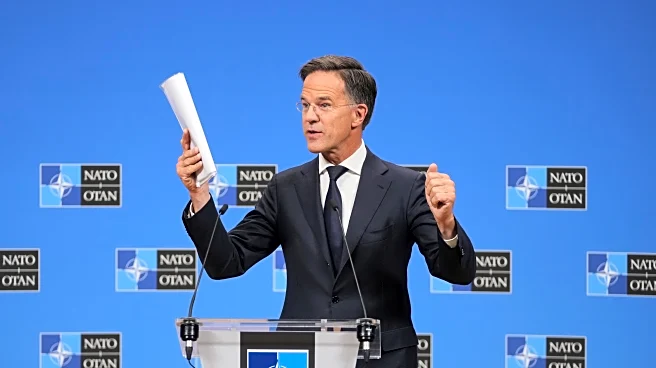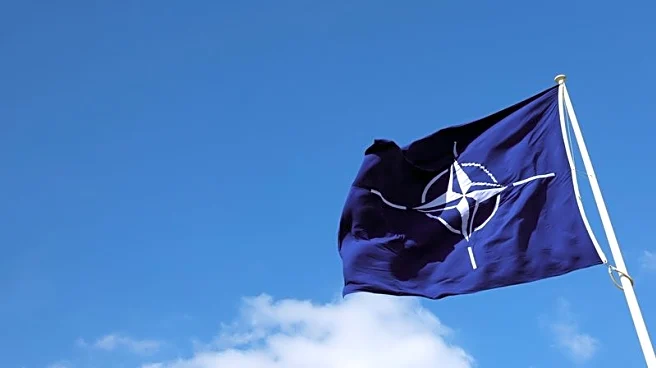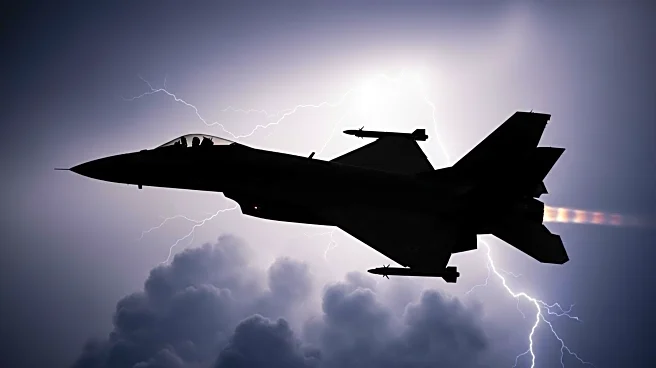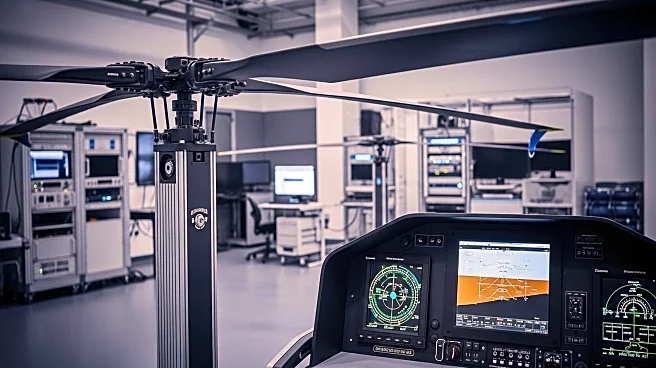What's Happening?
NATO is preparing to launch its annual nuclear deterrence exercise, 'Steadfast Noon,' with a significant increase in aircraft participation. The exercise, centered around the North Sea, will involve operations from the Netherlands' Volkel Air Base. This year, the U.S. will deploy F-35 jets for the dual-capable aircraft role, marking a shift from the previously used F-15E Strike Eagle. The exercise is routine and not linked to any specific country or real-world events, according to NATO officials. It aims to ensure the credibility and effectiveness of NATO's nuclear deterrent.
Why It's Important?
The increased participation in 'Steadfast Noon' reflects NATO's commitment to maintaining a robust nuclear deterrence capability amid global nuclear tensions. The exercise serves as a strategic signal to potential adversaries, reinforcing NATO's readiness to defend its allies. By involving advanced aircraft and multiple countries, NATO demonstrates its operational strength and unity. The exercise also highlights the alliance's focus on responsible nuclear practices, contrasting with aggressive rhetoric from other nuclear powers.
What's Next?
As 'Steadfast Noon' progresses, NATO will continue to emphasize transparency and public communication about its nuclear deterrence strategies. The exercise will involve briefings and flight operations, with a focus on protecting nuclear assets on the ground. NATO's leaders will likely assess the outcomes of the exercise to refine their nuclear policies and address emerging threats. The alliance's commitment to nuclear deterrence remains a cornerstone of its defense strategy.
Beyond the Headlines
The exercise highlights NATO's role in fostering international security and stability through responsible nuclear practices. By conducting routine exercises, NATO aims to inform public debate and reassure member countries of its defensive posture. The alliance's approach contrasts with the modernization efforts of other nuclear powers, emphasizing peace and deterrence.












